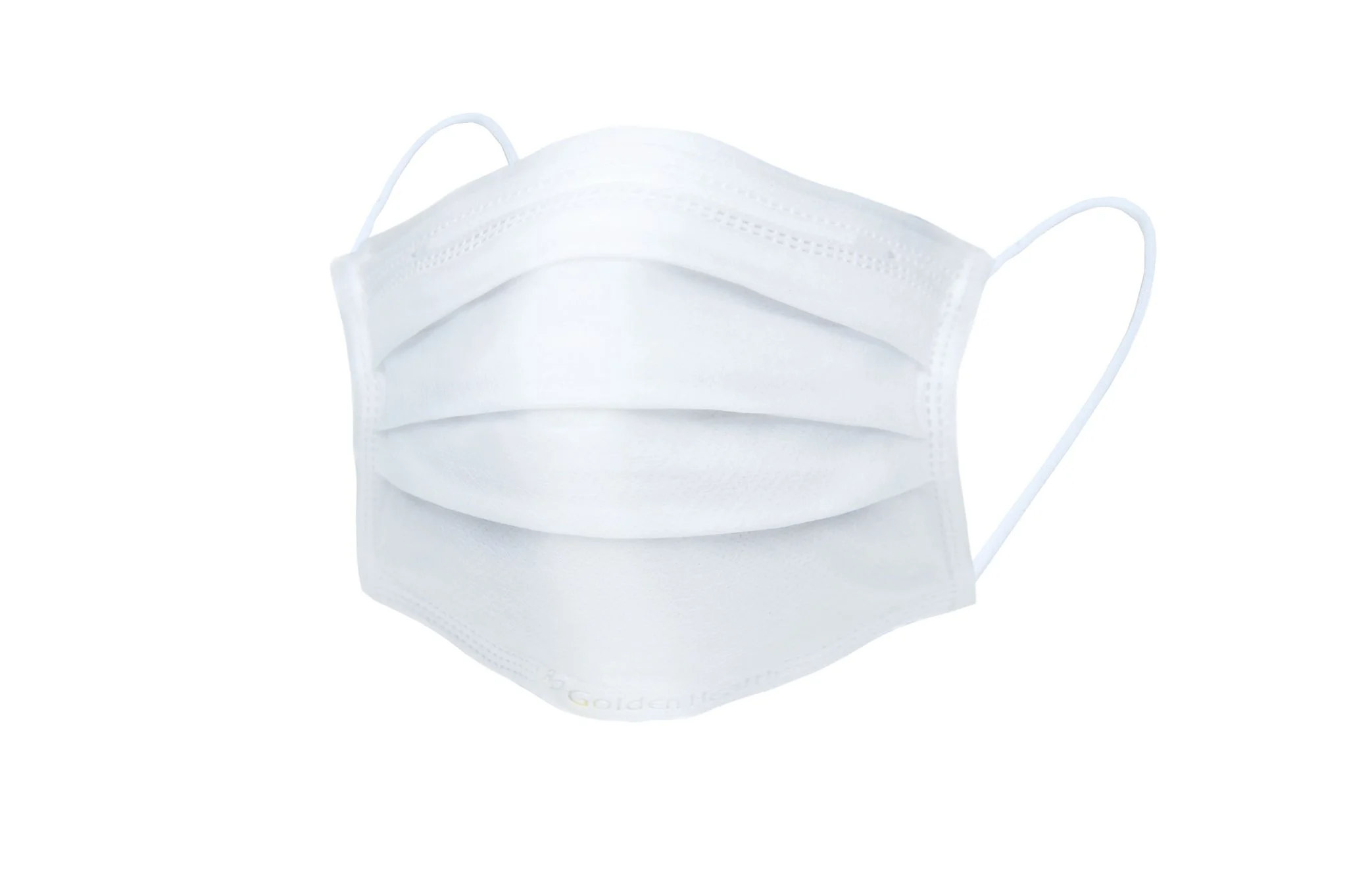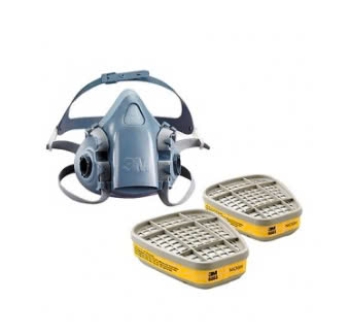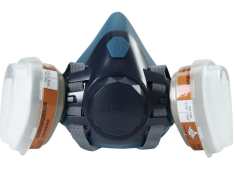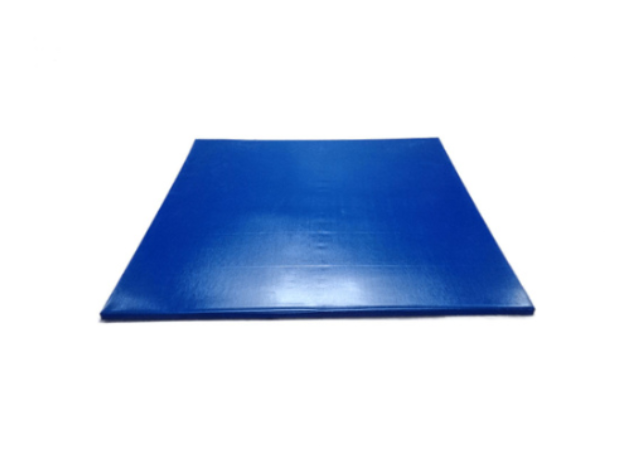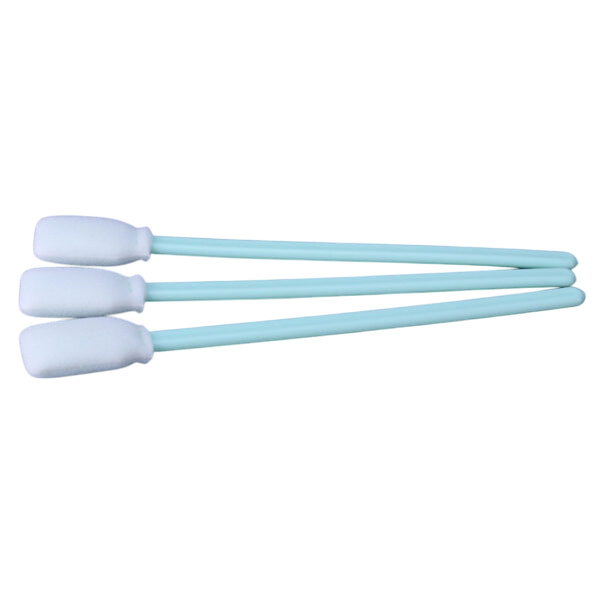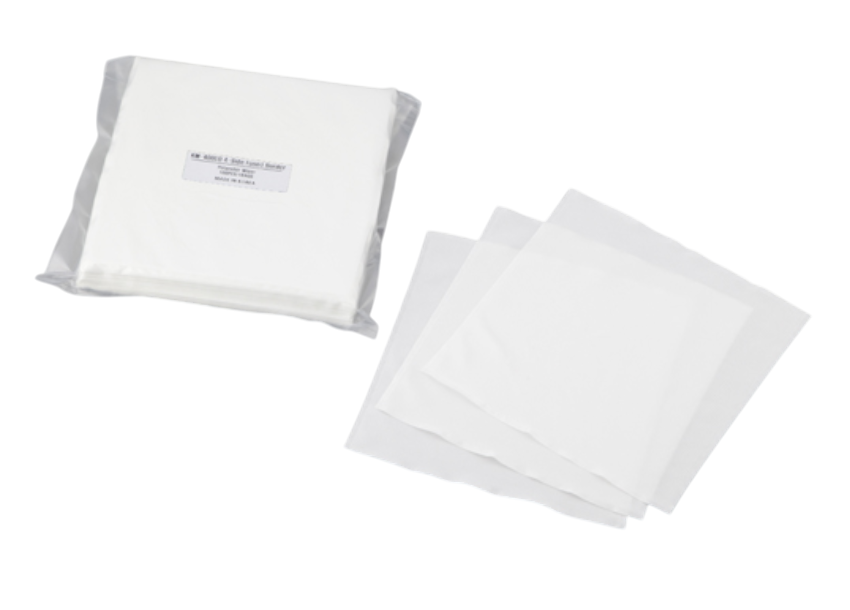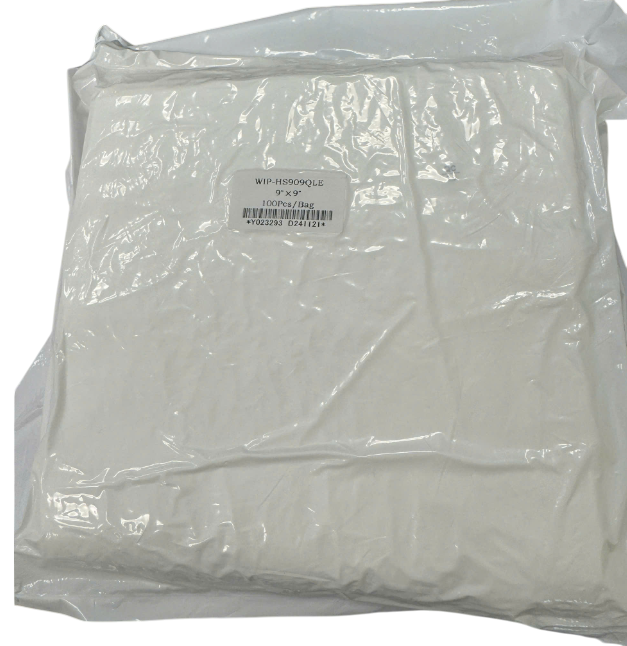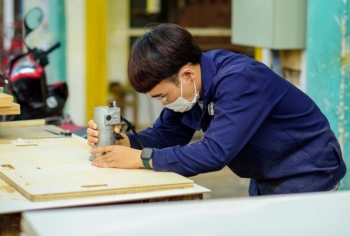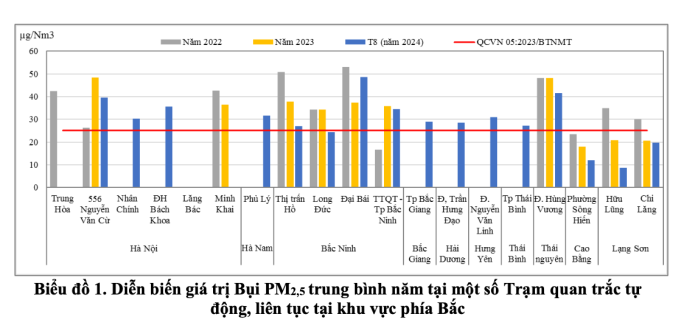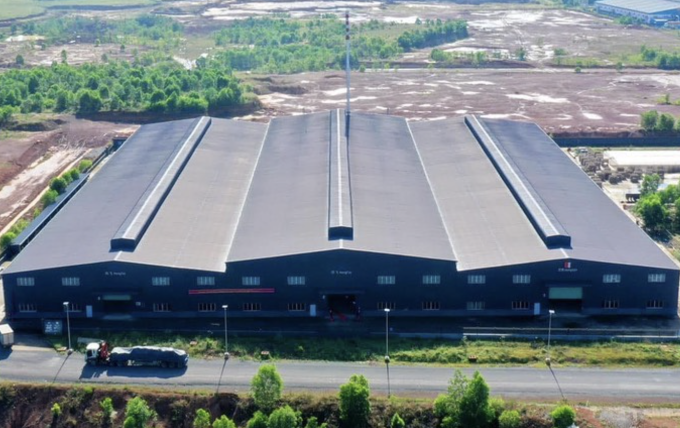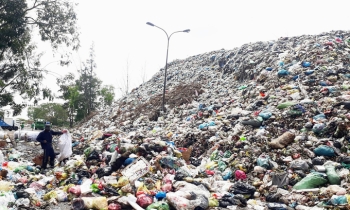Many areas in the Mekong Delta are facing the issue of waste accumulation, causing environmental pollution, a lack of waste treatment facilities, and growing frustration among local residents.
In early August, the Phương Thạnh landfill in Càng Long District, Trà Vinh Province, covering 1.4 hectares, was holding tens of thousands of tons of waste, piling up like a mountain. The strong stench emanated from the landfill, and the leachate, black and thick, spilled out into the surrounding area.
Mr. Thạch Ngọc Giang Sơn (a resident of Phương Thạnh Commune) stated that the landfill has been around for over 10 years. Since then, dozens of households living nearby have been directly affected. Students at a school a few hundred meters from the landfill often inhale the foul odor when the wind blows.
The Hòa Phú landfill in Long Hồ District, Vĩnh Long Province, has been overloaded for many years as well. The landfill, which spans 47 hectares and has been in operation since 1997, contains four waste disposal areas along with auxiliary infrastructure like roads, embankments, and leachate ponds.
In 2013, a business invested 200 billion VND to build a waste treatment plant that produces organic fertilizer with a capacity of 300 tons per day. However, the plant only operated for about six months before shutting down. In 2016, the plant resumed operations, switching to waste incineration, but it only lasted for a few months due to the insufficient revenue generated from waste treatment to cover operational costs.
Currently, the Hòa Phú landfill receives about 350 tons of waste per day, but most of it is disposed of via landfilling. Two disposal areas, numbers 1 and 2, are full with hundreds of thousands of tons of waste, and Area 3, which can hold 200,000 tons, is expected to be full by June 2024.
During hot days, the foul smell from the Hòa Phú landfill spreads throughout nearby areas. When it rains, the leachate leaks into the surrounding environment, affecting the local population's daily life and production activities. Many residents have sent requests to local authorities for solutions.
In Bến Tre, the An Hiệp waste treatment plant in Ba Tri District, covering about 5 hectares, has been in operation for over 10 years, processing 30-40 tons of waste daily. However, for nearly two years, the Hữu Định waste treatment plant in Châu Thành District has been closed due to environmental concerns. As a result, waste from Châu Thành District and Bến Tre City is being directed to the An Hiệp landfill, which receives 120-150 tons per day.
The overload of waste, along with inadequate wastewater treatment infrastructure, unpleasant odors, and insufficient walls surrounding the area, has caused pollution in the surrounding areas. Since July 15, more than 100 households from An Đức and An Hiệp communes have set up a checkpoint 500 meters from the plant to prevent waste trucks from entering. Despite several dialogues with local authorities, the situation has not been resolved.
In Bạc Liêu, the province's largest landfill, covering 2 hectares, has been in operation for 14 years, receiving over 100 tons of waste per day. The landfill currently holds hundreds of thousands of tons of waste, stacked about 15 meters high, four times beyond its capacity. Due to frequent overload, the landfill emits foul odors that reach nearby residential areas.
Currently, Bạc Liêu Province generates over 400 tons of waste per day. The province only has two incinerators located in Đông Hải and Phước Long Districts (with a capacity of 0.5 tons per hour), as well as landfills in Vĩnh Lợi, Hòa Bình, and Giá Rai towns. All of these facilities do not meet environmental standards.
The rapid increase in waste, coupled with the inadequate capacity of the existing treatment plants, is a common issue in many provinces in the Mekong Delta. As a result, some localities are seeking investments to build new waste treatment plants.
Nguyễn Bình Thuận, Director of the Department of Natural Resources and Environment in Bạc Liêu, stated that in 2014, the province granted investment approval for a waste treatment plant with a capacity of 245 tons per day to the ANA Bạc Liêu company. However, by the end of 2018, the slow progress of the investor led to the cancellation of the project. Later, the waste treatment project was restarted with the Sa Mạc Xanh company winning the bid. In May 2019, the groundbreaking ceremony was held, but since then, construction has not begun. Recently, provincial leaders have directed the Department of Planning and Investment to speed up the process of calling for investment in a waste treatment plant with a capacity of 200 tons per day.
In Vĩnh Long, Nguyễn Văn Liệt, Vice Chairman of the Provincial People's Committee, recently approved the investment policy for a waste incineration plant in Long Hồ District. The project, worth 500 billion VND, will be built on more than 7.63 hectares and will have the capacity to process 500 tons of waste per day.
Trà Vinh Province is also calling for investment in a solid waste treatment plant covering about 10 hectares with a planned capacity of 500 tons per day in Châu Thành District.
Meanwhile, the Bến Tre provincial government has committed to resolving the environmental issues at the An Hiệp landfill in Ba Tri District within one month. In addition to expanding the landfill by 3 hectares, the local government plans to upgrade the province's waste treatment plant to a capacity of 320-350 tons per day, with the facility expected to be operational by the end of 2025.

